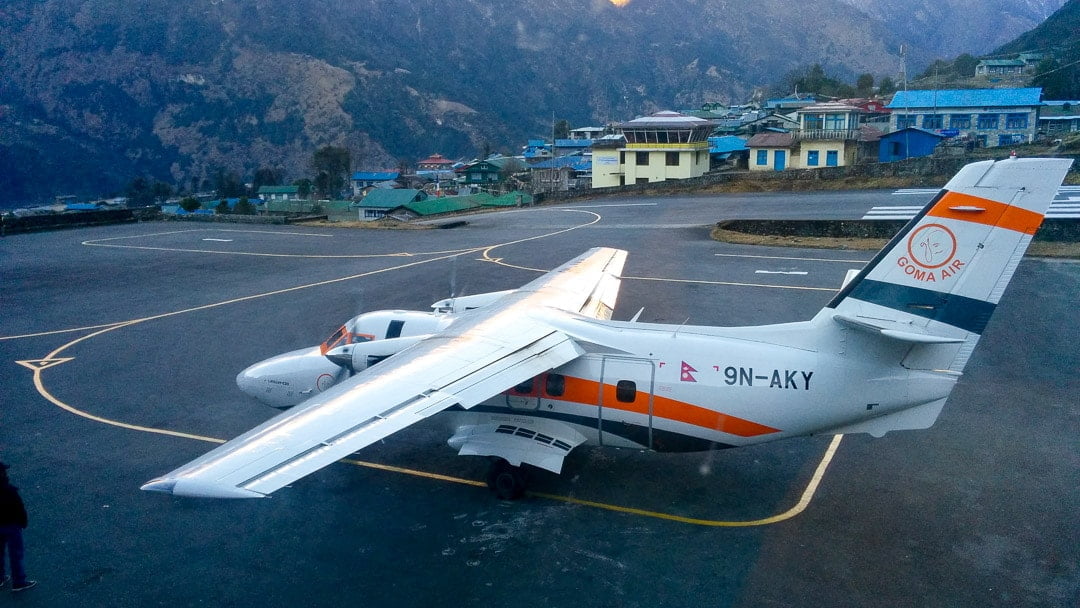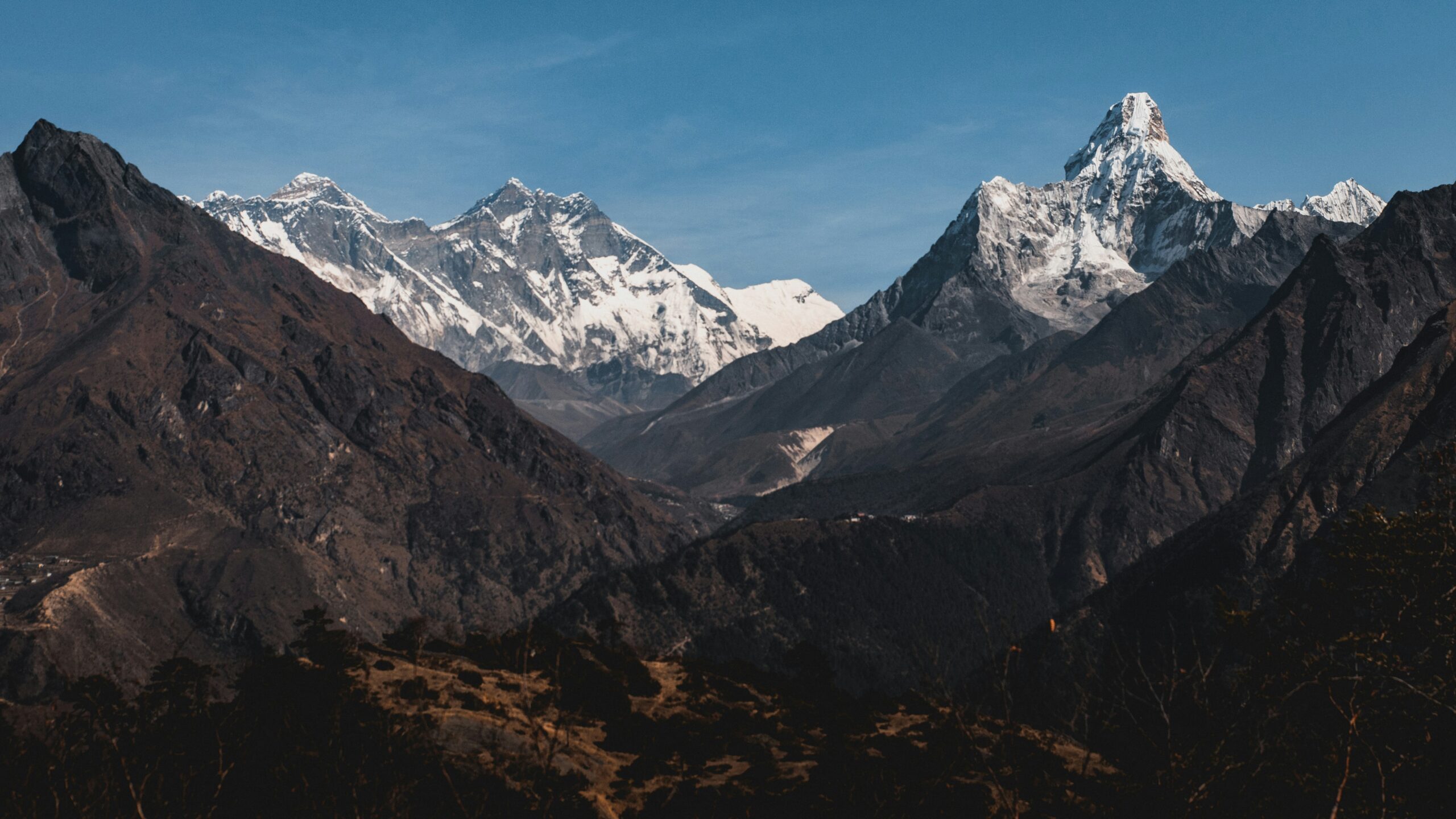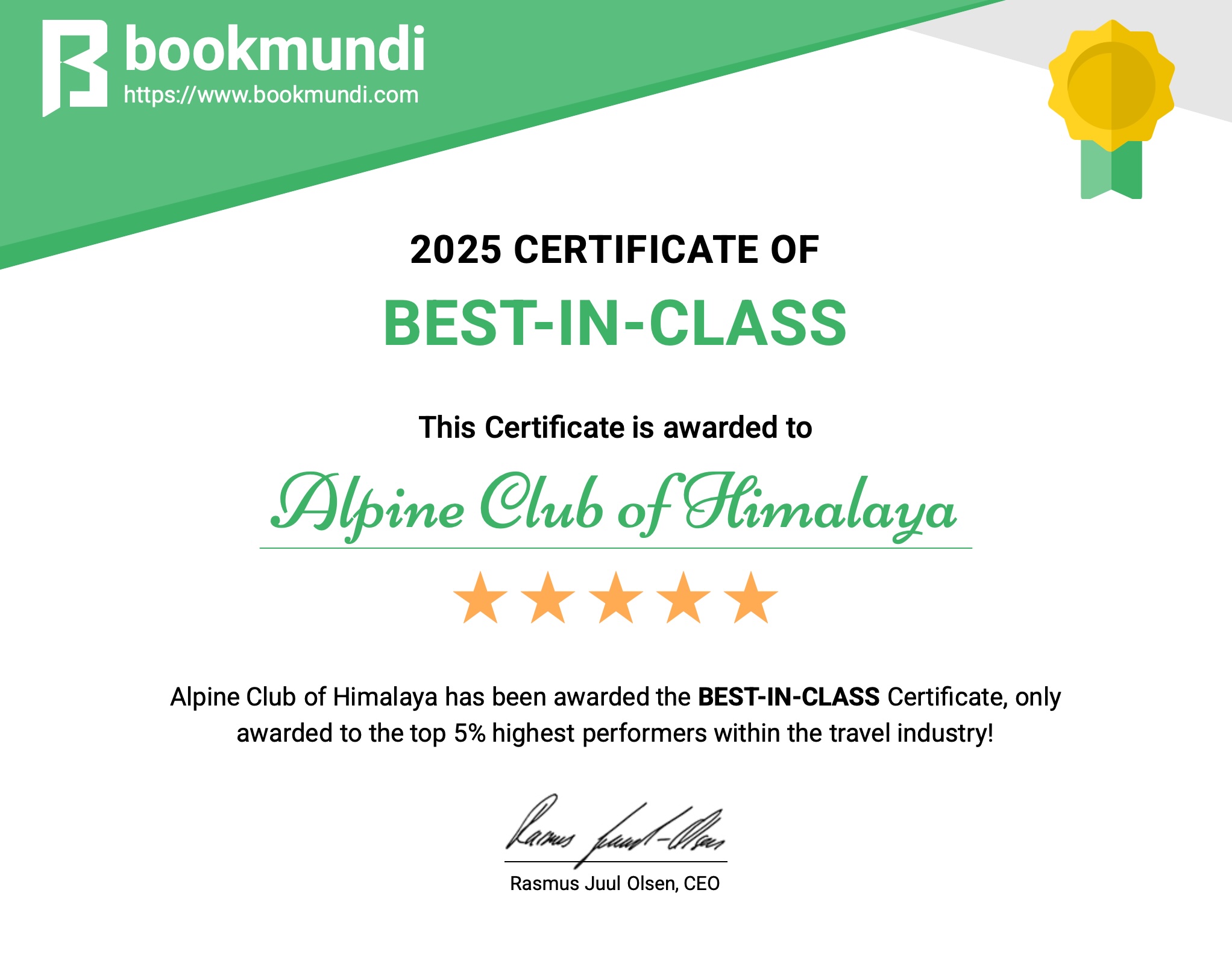Ruby Valley Trek One of Nepal’s finest remote homestay trek. It’s a quieter trekking route that takes you through Nepal’s hidden gem Ruby Valley and the Ganesh Himal area, with perfect mountain landscapes and intriguing local traditional communities in the remote region of Nepal.
The Ruby Valley Trek is a newly discovered home-stay hiking route in Nepal’s northern region. It’s unquestionably the best option for those searching for a home-stay trekking experience in Nepal’s less-crowded “off the beaten path” route, while traveling on this route you will pass through notable settlements of Tipling, Chalish, Lapa, and Khading. starting at a low elevation of 1300 meters (4265 feet) and ascending to a high elevation of 3900 meters (12,795 feet) Pangsang- La the highest point of the trek, you will see varieties of lush woods, terraced farms, breathtaking waterfalls, and gushing rivers, as well as the breathtaking views of the Langtang, Manaslu, and Ganesh Himal ranges along the way, witness one of the genuine homestay treks into the heartland of some of the world’s tallest peaks. Join Ruby Valley Homestay Journey on this once-in-a-lifetime trek through Nepal’s off-the-beaten-path areas.
Our Ruby Valley Trek itinerary is an adventurous and wonderful homestay trek that begins with a spectacular bus ride from Kathmandu to SyabruBesi, We begin our hike at SyabruBesi, the gateway to Ruby Valley passing through the legendary realm of the indigenous Himalayan towns, you’ll be experiencing the authentic lifestyle of locales Gatlang, Somdang, Tipling, Chalish, Lapa, Khading and Tamang communities for seven and a half days.
Nepal’s Ruby Valley trek is a moderate trek, during this trek you’ll be staying at local homestays, trying local cuisine and admiring their distinct culture, getting chances to learn more about their traditions and way of life, while admiring the beautiful highland and mountain scenery along the way, after few days of trekking you’ll pass the Pangsang –La and enter the valley’s flatter terrain. The most rewarding aspect of the walk is interacting with people and sharing cultures. Ruby Valley trekking is simple and quick. It belongs to the moderate route category. The months of February, March, April, September, October, and November are ideal for this trip.
Ruby Valley Trek is a standard itinerary, anyone average physically can easily complete this trek, if you wish to trek this route, just contact Alpine Club of Himalaya. We offer you skilled sets of workers who are highly trained in document management and a team of experienced trekking guides, every trip is conducted according to your desire making moments with our team which will be a memorable trip in your lifetime.
If you want to trek in a less-crowded region of the mountain and wilderness while sleeping in local dwellings with local people and learning about their culture and way of life, this trip is for you. Join us right now to be a part of this life-changing adventure.
Travel Insurance:
All clients participating in any activity must have travel insurance. Personal injury, hospital expenditures, repatriation fees, helicopter rescue, death, and any other disease covered by the insurance plan will be given, we highly advise you to acquire a comprehensive insurance plan from a trustworthy insurance company.
Passport and Visa:
Every client must have a valid passport from the return date with a 6 months prior validity by the Nepalese consulate in your country or immigration office at Tribhuvan International Airport in Kathmandu.
Best season
March to May is spring and September to November is autumn, these months are the best time of the year for trekking to Ruby Valley with a mild temperature and the views are crystal clear, with less chance of snowfall.
Trek Highlights:
- Panoramic Mountain views of Ganesh, Langtang, and Manaslu ranges.
- Experience authentic homestay trip.
- Experience the lifestyle of indigenous people.
- Off-beaten trekking route.
Accommodation during the Trek:
Ruby Valley Trek offers you a wonderful experience staying at the authentic homestays experiencing a unique blend of culture and trekking routes of the country.
Meals and Drinking Water:
In popular trekking areas like Annapurna, Everest, Langtang, and Manaslu have a menu system with different ethnic cuisines foods as well as western meals, but some places provide you typical Nepali meals which are different from international meals, these meals are prepared by the local supplement, every tourist lodge and tea house has a well-trained cook basically attention to clean, hygienic, fresh, and delicious foods, every lodge has safe drinking water or mineral water. If you buy a water purification tablet from Kathmandu you can take water from the tap and purify it by yourself, this will be cheaper and control plastic pollution as well.
Equipment lists
- Find the guidelines regarding essential trekking gears.
- Daypack above 40 liters. (Must be waterproof)
- Down jacket (rental available)
- Warm sleeping bag (rental available)
- Sun head, gulf cap, sunglasses, headlamp, and torchlight.
- Ear-muffs, sun lotions / sun cream.
- Pair of liner gloves thin wool and synthetic.
- Cotton t-shirts, Synthetic t-shirt.
- Long sleeve polyester or synthetic lightweight for sunny days.
- Soft-shell jacket water & wind resist.
- Swimming costume.
- Inner cloths as your requirement.
- Liner socks, woolen socks.
- Proper trekking shoes.
- Imodium or Pepto Bismo capsules for upset stomach or diarrhea.
- Diamox for altitude sickness. (The guide will help you to take it)
- One small personal-sized first-aid kit with blister treatments such as moleskin, bands, anti-infection ointments, muscle relief ointments.


















Write a Review